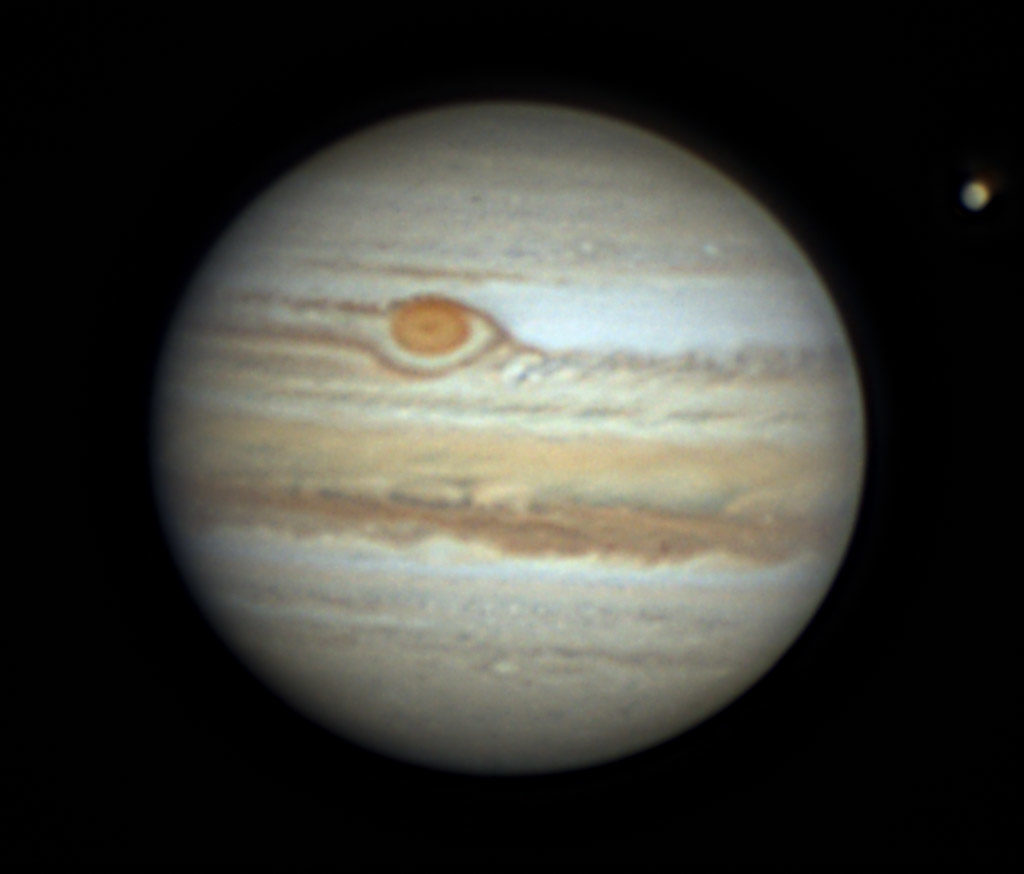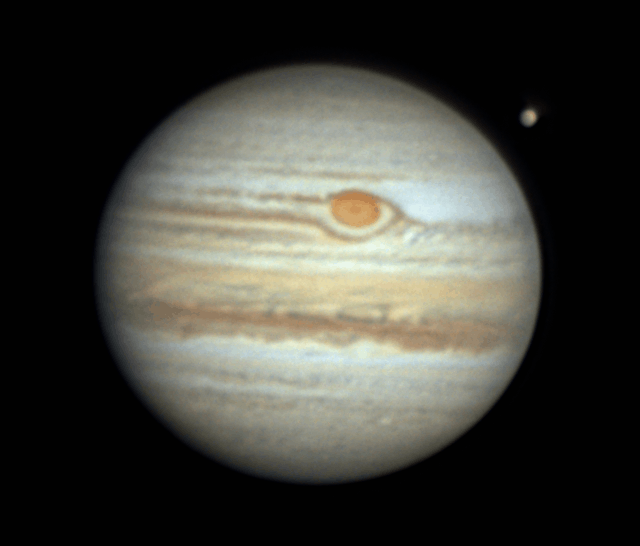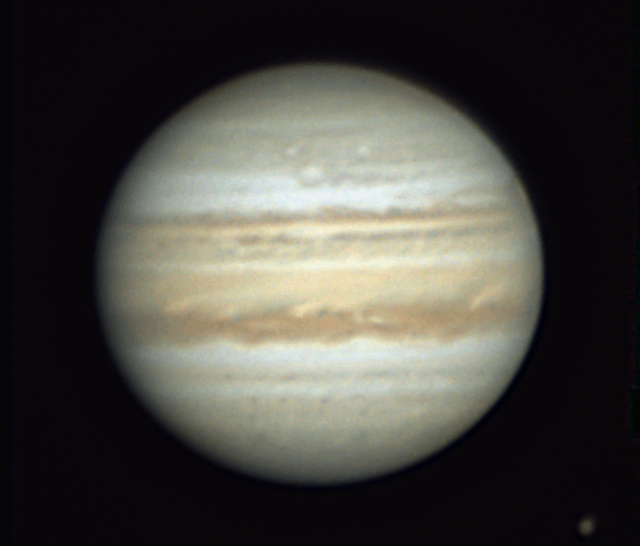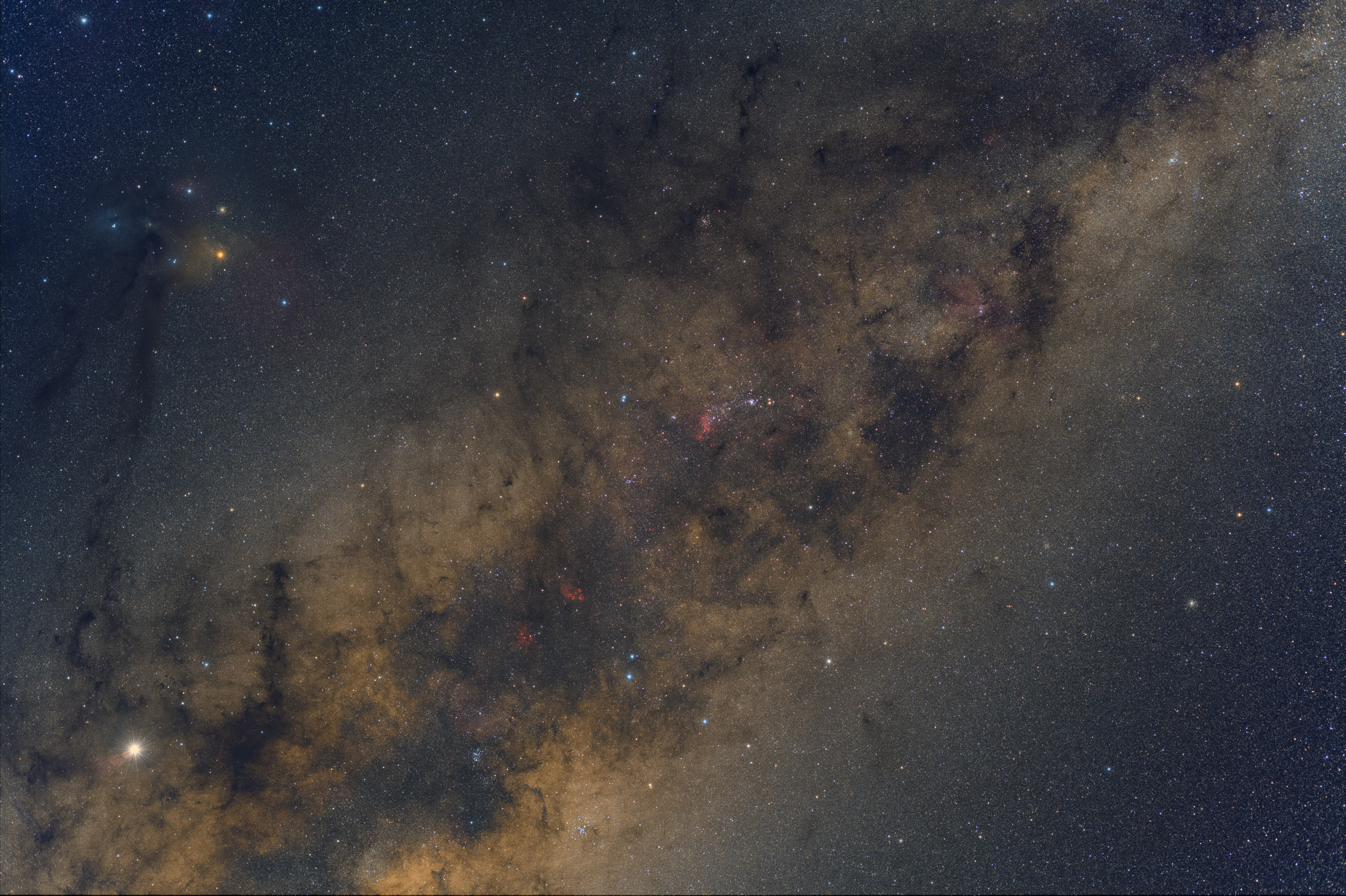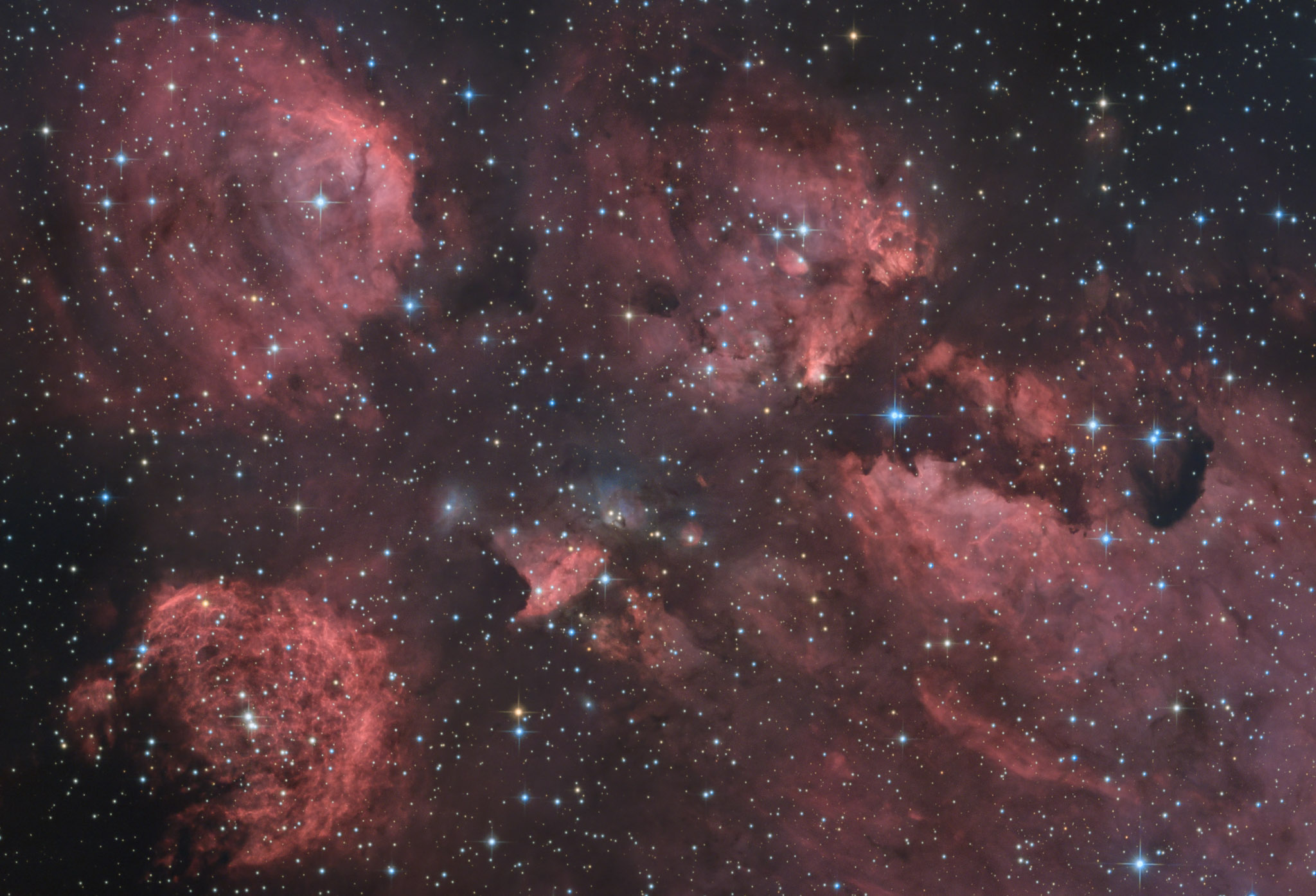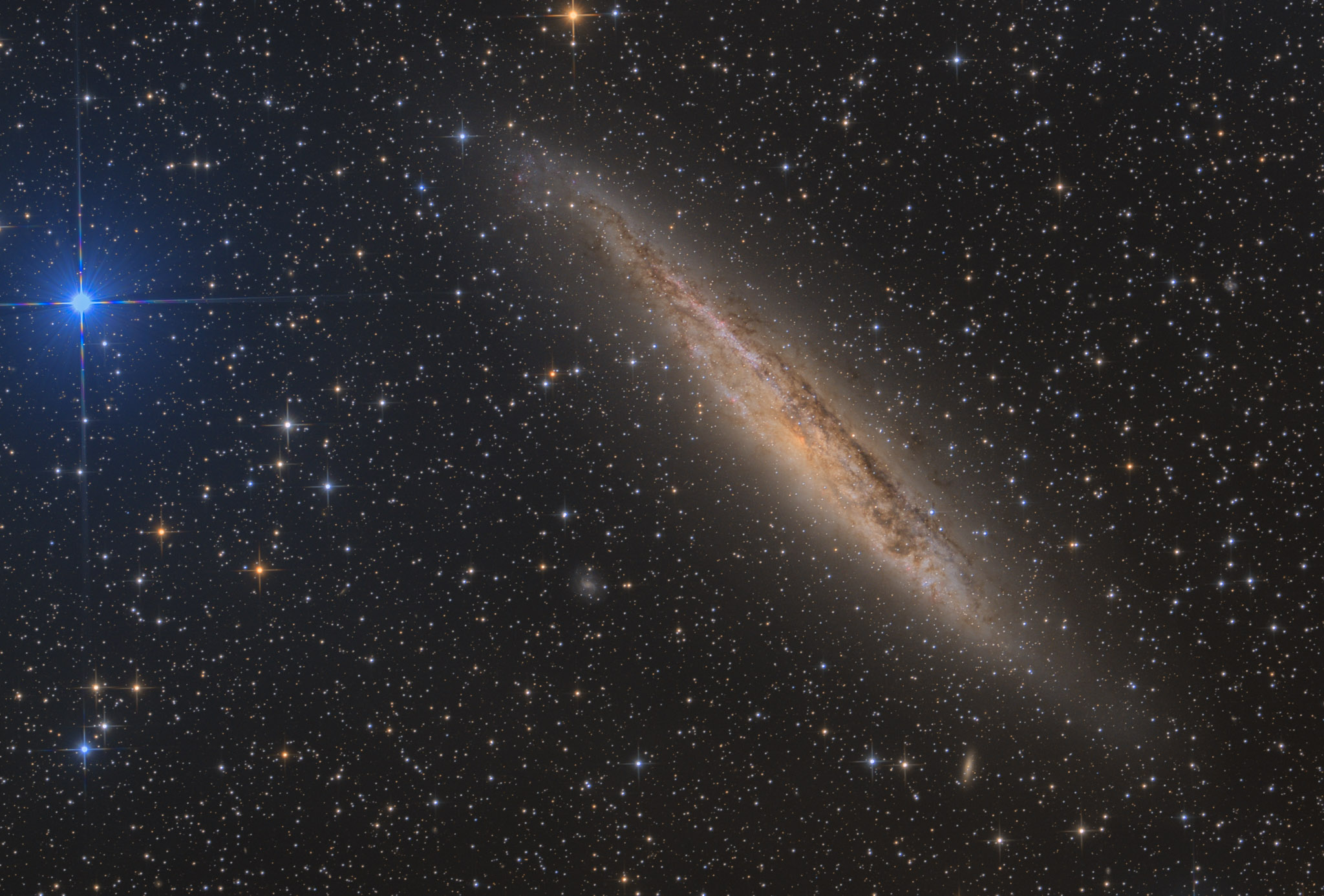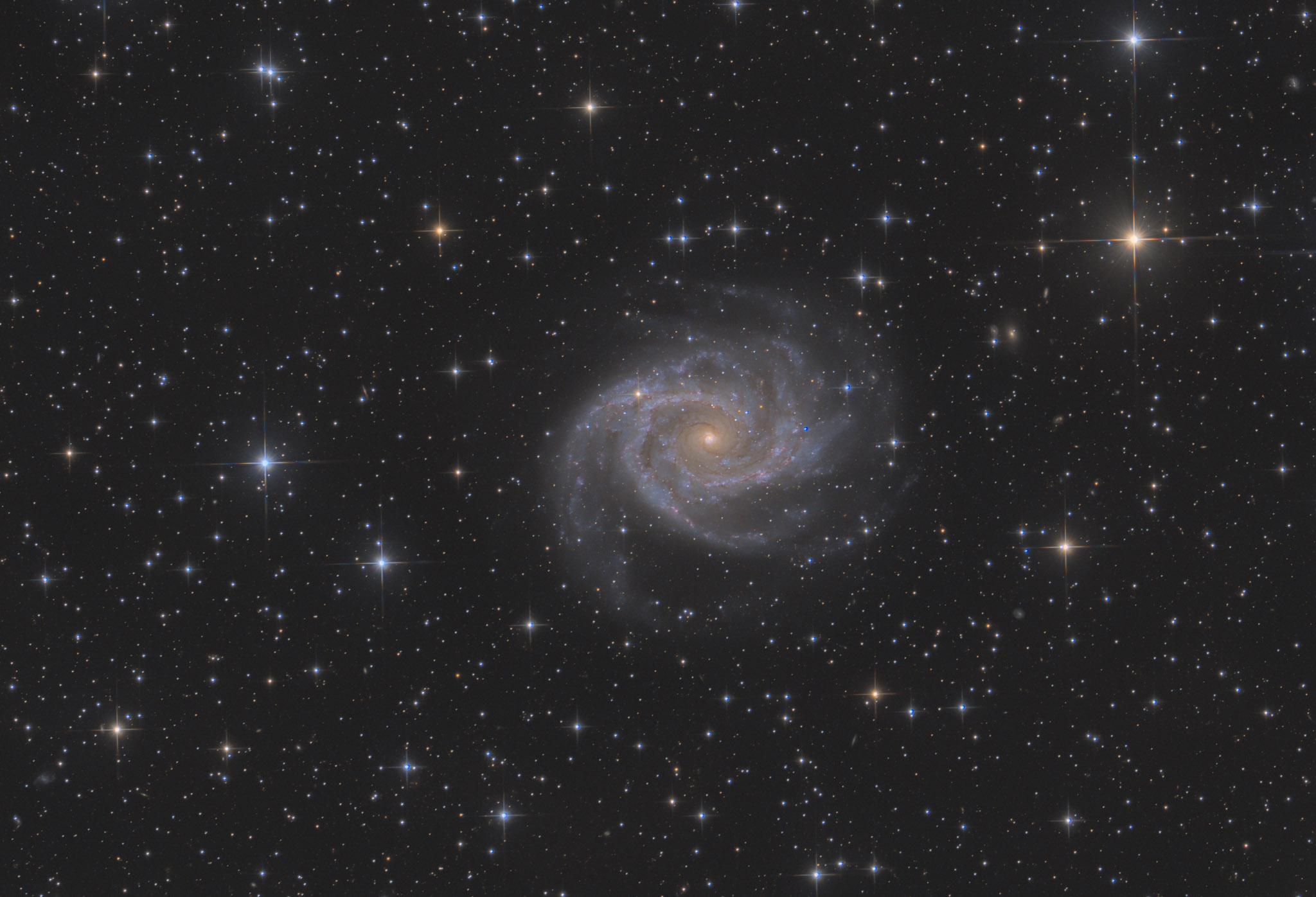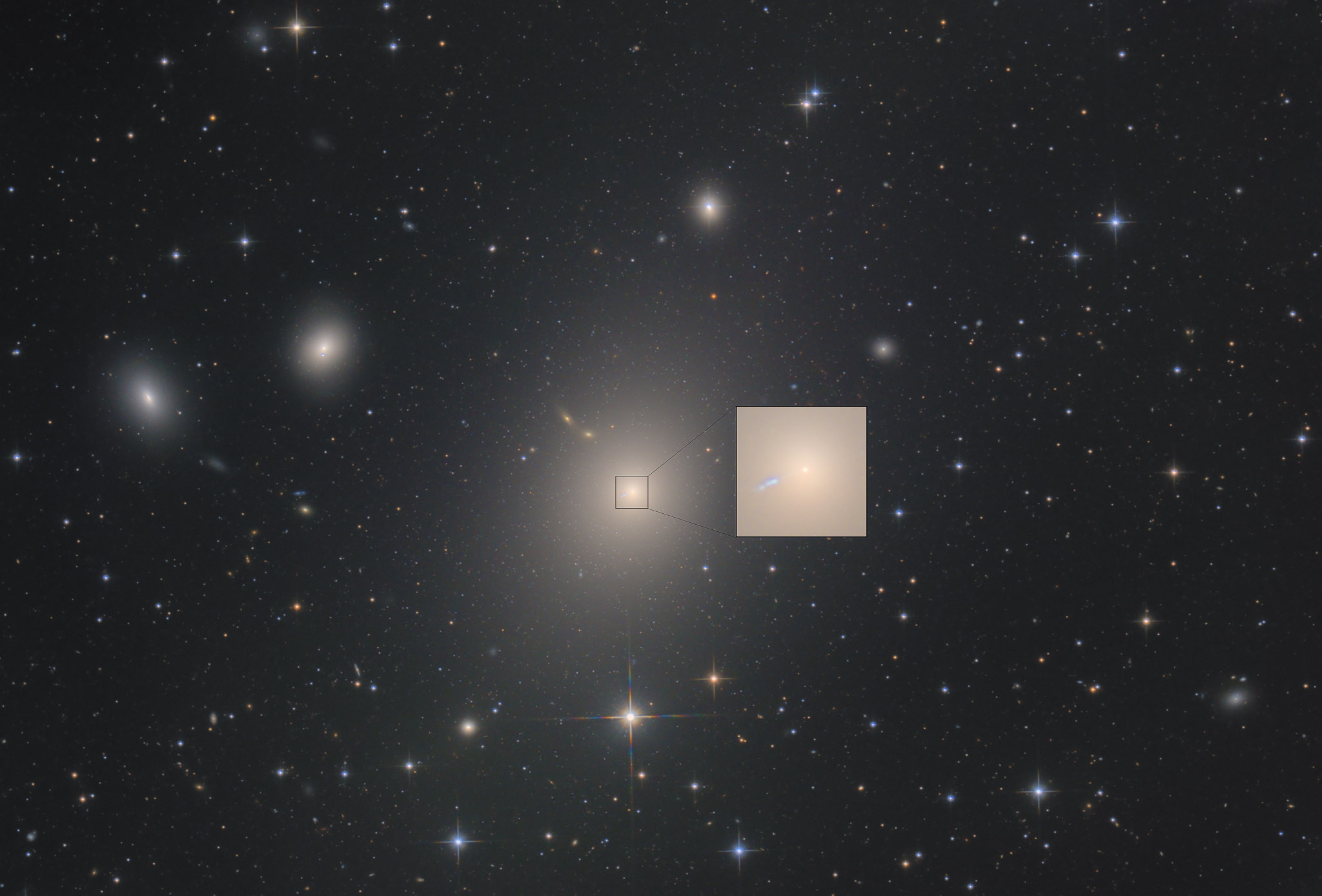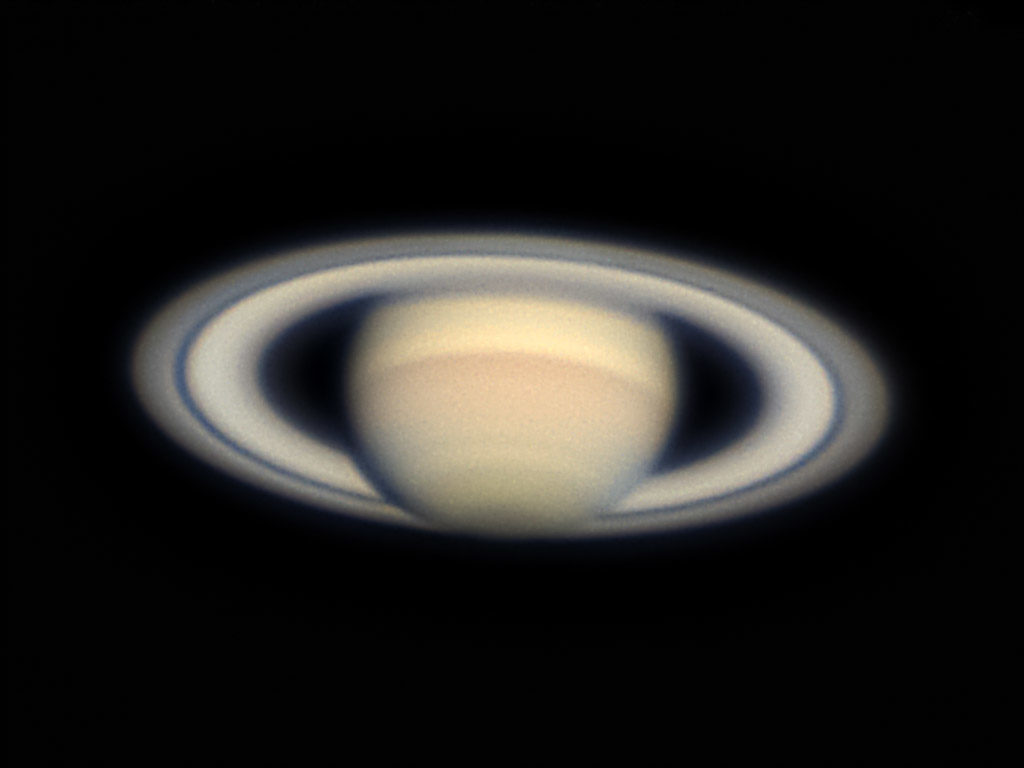
Only a quick try in May, should’ve taken many more frames for a proper image. Too focussed on Jupiter at that time. ;-)
Internationale Amateursternwarte e.V.
IAS Observatory Hakos, Namibia
Celestron C14 14″ 3910mm f/11 on Kraska horseshoe mount
ASI178MC with Televue Powermate 2,5x
Gain 359, 60ms, 20% out of 1000 frames
Image acquisition in cooperation with Michael Mushardt: Sharpcap
Image processing: AutoStakkert! 3, PixInsight, PIPP, Lightroom
